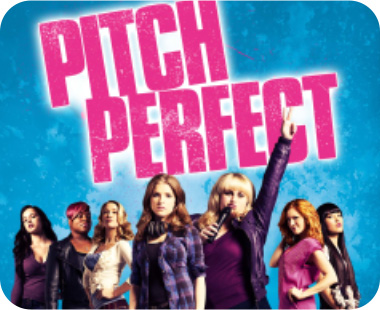The best acting training happens on stage a lot of the time, but it is still important that you understand how the camera works and the best angles for yourself on set in Sydney. Though it is also working in film and TV that helps keep an actor's career more diverse and interesting. Switching between mediums, however, can prove a daunting task for those that have never set foot on set. Preparation is imperative to delivering the best performance for the camera when you are on set in Sydney.
“To define the difference between acting for the stage and acting for the camera, all stage actors are trained in two channels of nonverbal communication: the body and the voice,” says John Sudol, acting coach and author of “Acting: Face to Face: The Actor’s Guide to Understanding How Your Face Communicates Emotion for TV and Film”. He goes on to say, “However, what separates the on-camera actor from the theatrical actor is the on-camera actor must know three channels of nonverbal communication: the body, the voice and the face.” And mastery of all three will solidify versatility on and off stage.
Augmenting “emotional alignment,” or an ability to clearly convey internal thoughts or emotions, is the initial step, according to Sudol. To encourage continuity, Sudol conducts an emotional screen test centered on the seven universal emotions (sadness, anger, fear, disgust, contempt, joy and surprise) to help actors gauge their success. “Some people are wired to internalize emotion, meaning what they’re feeling isn’t being revealed,” he says, “whereas there are externalizers who know what emotions look like but they don’t connect to the intensity unless they have a lot of stimuli. This same idea can apply to your headshot, too, if you are wondering why no matter how hard you are trying at the studio in Sydney, that for some reason all of your headshots still look exactly the same!”
Learning to hone one’s emotional alignment can come from a mixture of resources including acting courses, studying the greats and their films, putting oneself on tape and reviewing the material (possibly with a friend) and reading books along the lines of Andrea Morris, “The Science of On-Camera Acting,” which meticulously breaks down acting believably on camera. Stage actors’ anxiety over onscreen verisimilitude often stems from fear of being “too big”. Actors have heard countless times that “theatre is large, film or TV is small.” The theory can lead to emotionless deliveries in the audition room or on set, according to Meisner-based acting coaches.










